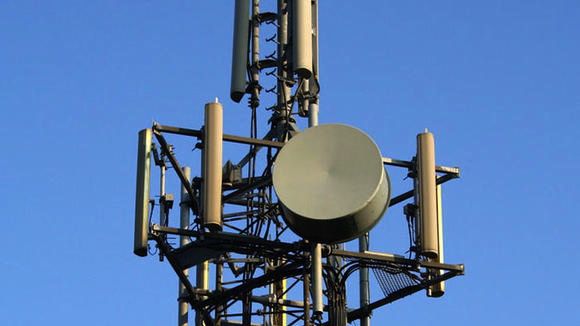AT&T, T-Mobile strike network deal for those affected by Hurricane Sandy
Coming together for New York and New Jersey

AT&T and T-Mobile have announced a temporary partnership to provide cellular service to customers in New York and New Jersey, two states that have been affected by Hurricane Sandy.
The carriers are competitors to be sure, but in the wake of communication disruption caused by the tempestuous Sandy, the two have struck a deal.
Customers of either company will be able to roam on the other's network. The service will go to those in heavily impacted areas that have a compatible device and where capacity is available.
They can make calls as usual, though the call will jump on whichever network is most operational in their location.
No changes to rate plans or service agreements will occur, and no fees will be charged.
Tech behind the agreement
The arrangement between the carriers is possible thanks to AT&T and T-Mobile using the same network technology based on GSM and UMTS standards, allowing for sharing of voice and data traffic.
T-Mobile does not have an LTE network, so AT&T customers used to the capability won't be able to use it on T-Mo.
Get daily insight, inspiration and deals in your inbox
Sign up for breaking news, reviews, opinion, top tech deals, and more.
How long the arrangement lasts between the two carriers remains to be seen.
The Federal Communications Commission announced Wednesday that wireless service is slowly being restored in locals in Sandy's path.
About one in five cell towers remain out of service in areas hit by the storm from Virginia to Massachusetts. One in four cell towers were out of service Tuesday.
From Wall Street Journal
Michelle was previously a news editor at TechRadar, leading consumer tech news and reviews. Michelle is now a Content Strategist at Facebook. A versatile, highly effective content writer and skilled editor with a keen eye for detail, Michelle is a collaborative problem solver and covered everything from smartwatches and microprocessors to VR and self-driving cars.
